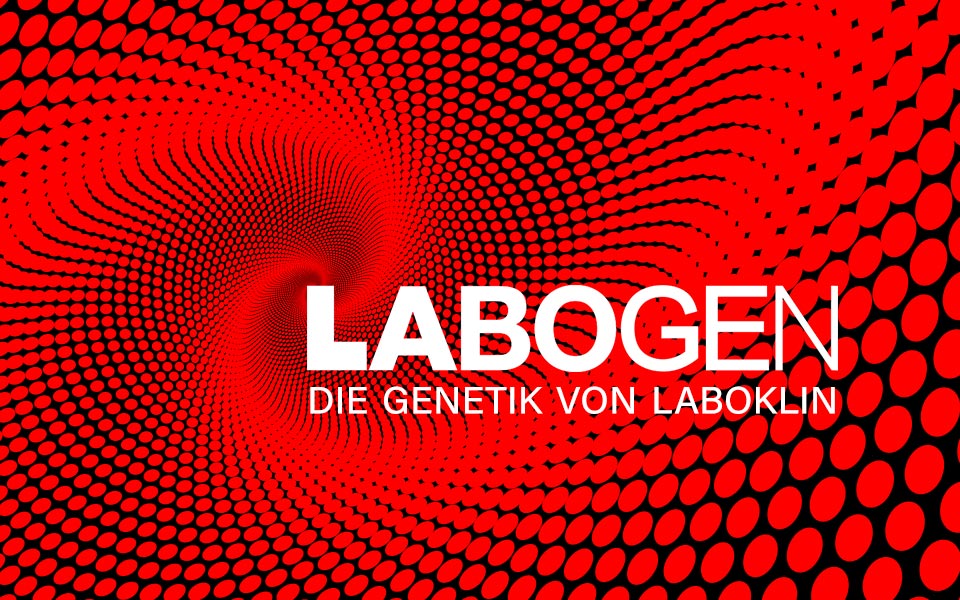Chestnut
Chestnut
General description
The extension (E) locus determines the red factor (colour: chestnut, sorrel): If a horse is homozygous for the recessive form of this allele (e/e) the horse will be red. A horse that is heterozygous at the E-locus (E/e) will be either black or brown depending on the Agouti-locus.
Order details
| Test number | 8048 |
| Sample material | 0.5 ml EDTA blood, 2x cheek swab, 1x special swab (eNAT) |
| Test duration | 3-5 working days |
Test specifications
| Inheritance | Allelic series: E dominant over e |
Detailed description
The extension (E) locus determines the red factor (colour: chestnut, sorrel, ...). The dominant allele at this locus (E) leads to the expression of the pigment Eumelanin and the colour brown or black develops. If a horse is homozygous for the recessive form of this allele (e/e), Pheomelanin is synthesized and this horse will be red. A horse that is heterozygous at the E-locus (E/e) will be either black or brown depending on the Agouti-locus. If a horse is homozygous (e/e) for the mutation, it will be red and all of its offspring will receive the mutated form of the gene (e). If such a horse is bred to a horse that does not carry the mutation (E/E), no red colour will result. Offspring with genotype E/e carries the mutation for red colour but is not red himself. If two carrier horses (E/e) are bred, red coloured offspring can result. If a non-carrier horse (E/E) is bred, its offspring will never be red coloured, even if the pairing is with a genetic carrier (E/e). However, such a pairing will result in 50% carriers (E/e) for the mutation.


